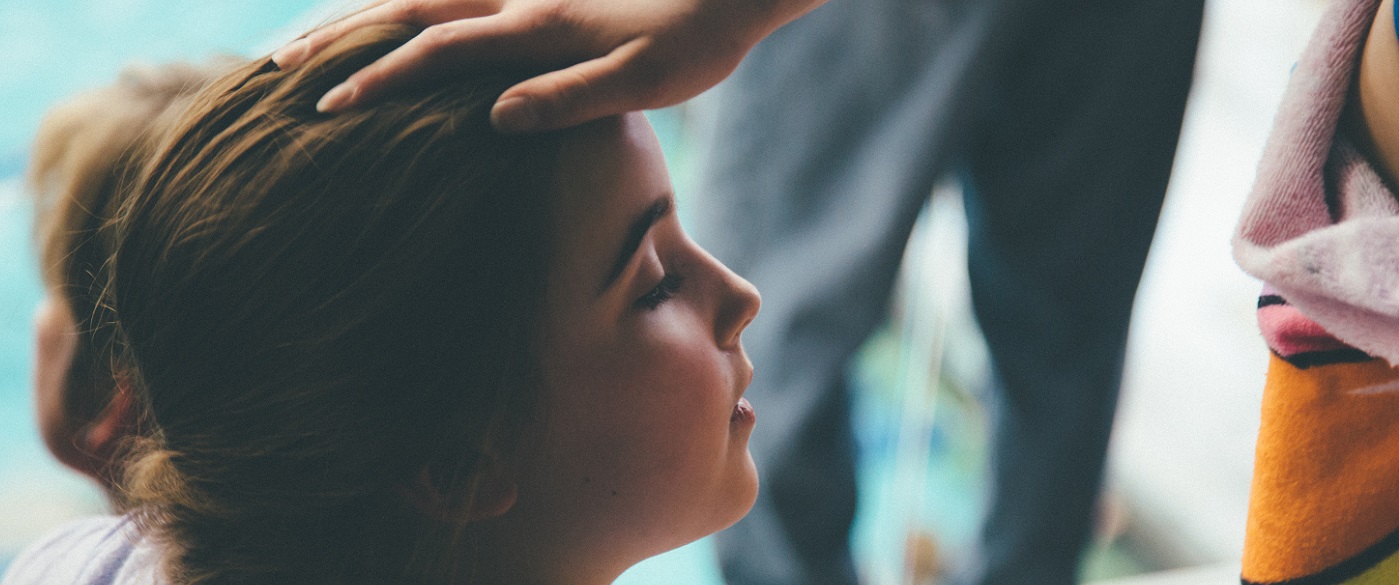course overview
First aid online
This course covers twenty-seven of the most common first aid situations that you’ll likely encounter in a setting like a classroom, day camp, or a church sunday school. Each page of the curriculum has a one or two question quiz that a user must answer before advancing to the next page. At the end of the course, there’s a short exam that a learner must pass with an 85% or greater.
The medical integrity of this course is overseen by Safehive’s medical team, Mike Brown and Joe Meier. Mike and Joe have a combine 40+ years of experience as paramedics and firefighters.
What’s Included
MODULE 1: Basic First Aid
In the first module, you’ll learn how to treat the most basic and common first aid injuries. Topics include: Cuts and Scrapes, Bruises, Anaphylaxis, Seizures, Fainting, Dislocation, Sprains, Electric Shock, and Nosebleeds.
Excerpt from Module 1:
To treat a nosebleed:
Lean their body forward slightly. This helps prevent blood from flowing down the throat. (it may help to place child or baby on your lap to tilt them forward)Gently pinch the tip of the nose for about 5 to 10 minutes.
Release the nose to check for blood flow after approximately 10 minutes. If blood is still flowing, pinch for another 5 to 10 minutes.
Stop pinching if the blood has stopped.
Discourage pinching, picking, and rubbing after the blood has stopped.
MODULE 2: Bites & stings
In this section, learners will learn how to treat various bites and stings. The topics include the following: Human and Animal bites, Insect Bites and Stings, Spider Bites, and Snake Bites.
Excerpt from Module 2:
Human bites can be particularly dangerous due to the risk of infection from the bacteria that lives in the human mouth. The victim of the bite may be required to receive a booster (a dose of vaccine to "boost" the immune system after the initial dose) if he or she has not received a tetanus shot recently.
Stop the bleeding by applying pressure with a clean bandage.
Wash the bite wound with soap and water.
Use an antibiotic ointment like Neosporin.
Cover with a clean bandage.
Seek medical attention.
MODULE 3: First aid for the head
In this module, learners will learn how to treat various first aid emergencies related to the head. The topics include the following: Head Trauma, Foreign Object in the Ear, Foreign Object in the Nose, Foreign Object in the Eye, and Black eyes.
Excerpt from module 3:
Do the following to remove an object from the nose:
Have the person with a lodged object first gently breathe through the mouth.
Press and close the unaffected nostril and have the person gently blow through their nose. Do not blow too hard or repeatedly.
If the object is visible and is easily grasped by tweezers, then you can try to remove the object.
If none of these methods work, seek additional medical attention.
Moduel 4: Burns
Learners gain understanding on how to treat various burns based on severity and source. Topics include: Recognizing Burn Severity, Minor Burns, Major Burns, Electric Burns, and Sunburns.
Excerpt from Module 4:
Most sunburns are considered first degree burns since they are a mild irritation of the outermost layer of skin resulting in redness and pain. However, some sunburns are considered second degree burns and may cause the skin to become swollen, very red and even develop painful blisters.
Minor sunburn treatment:
Place a damp, cool cloth on the sunburned areas for 15 minutes a few times per day
Soak in cool water
Use aloe vera lotion or a water-based moisturizer on the burned areas
Keep out of the sun
Drink a lot of fluid to aid in the healing of the skin
Module 5: Heat related
In the final module, learners will learn how to treat various heat-related conditions. Topics include: Heat Cramps, Heat Exhaustion, Heatstroke, and Fevers.
Excerpt from module 5:
We recommend only using digital thermometers on babies as mercury thermometers may pose a mercury exposure threat. You can take the temperature of a baby in four different ways:
Rectally
Orally
Behind the ear
Under the arm
A rectal reading is the most accurate. In order to take a rectal reading, lay your baby on his or her stomach. Rub a little bit of petroleum jelly on the tip of the sterilized thermometer tip and gently insert into the rectum and hold until the
More info
course details
HOW LONG IS THE COURSE?
The entire First Aid course will take approx. 40-50 minutes for a user to complete. There is a short quiz at the end of the course that a student must pass with an 80% or better in order to receive the Safehive First Aid Certification.
Can a learner stop the course midway and come back to it?
Yes. All of Safehive’s courses are designed so that a learner can complete in as many sessions as they need to. Our system will save the last location and return a user to that spot when they log back in.
Who oversees the integrity of this course?
Our staff medical experts are Mike Brown and Joe Meier. Mike and Joe are paramedics and firefighters with 40+ years of combined experience responding to life threatening medical emergencies.






